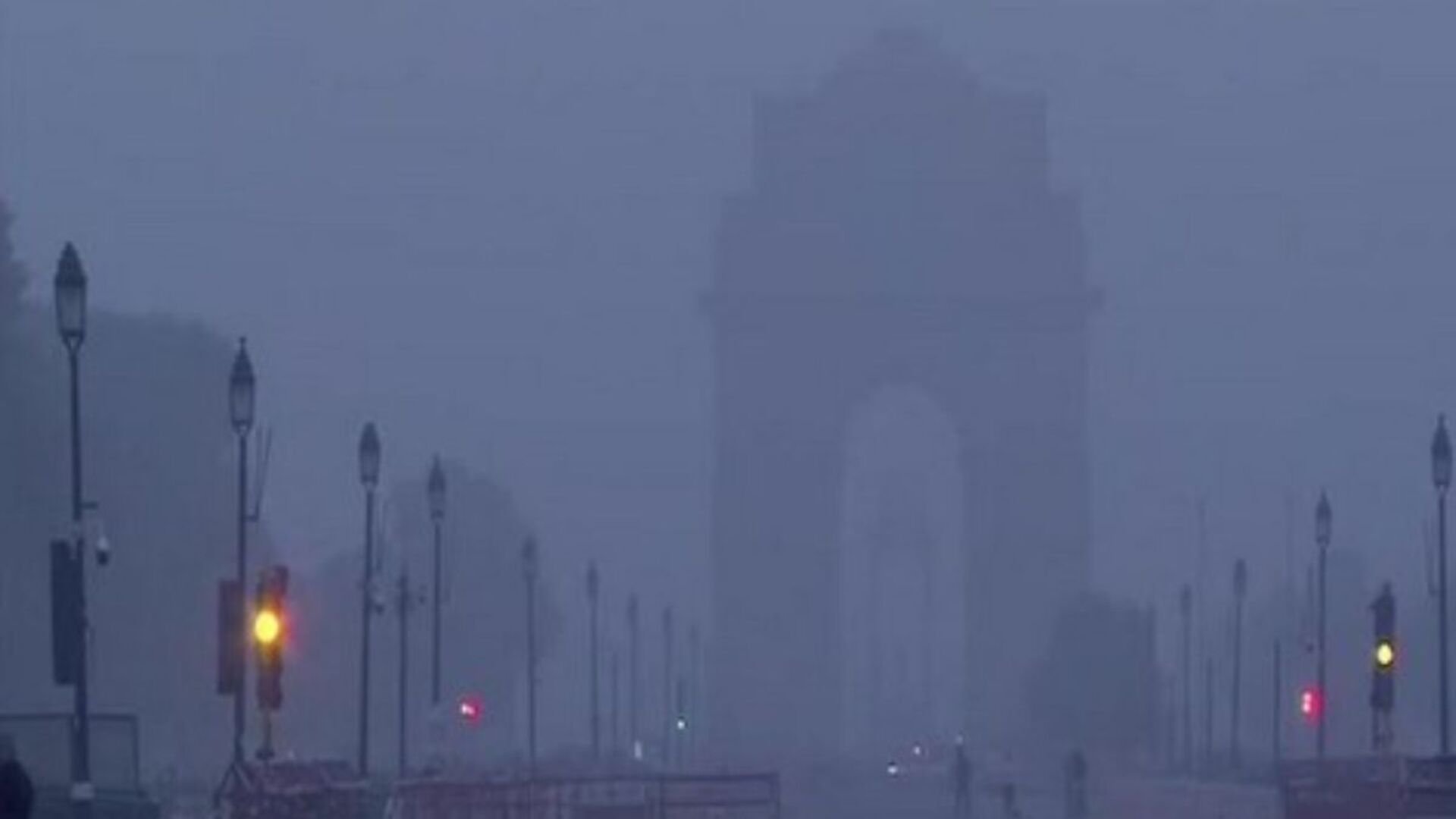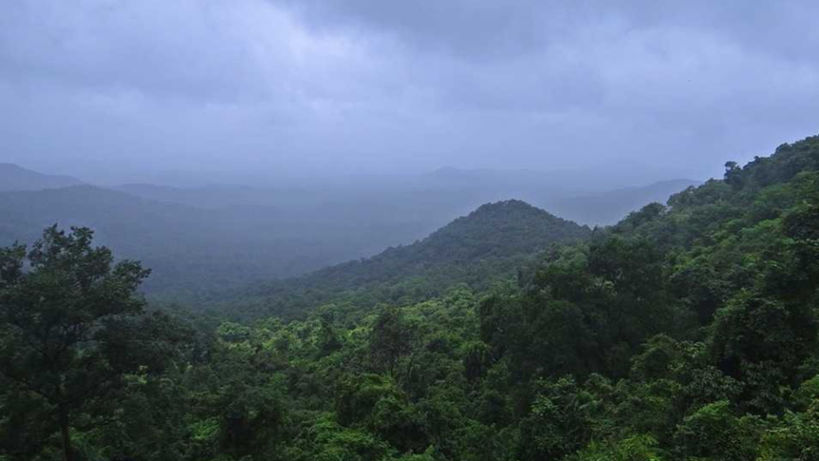The story of thousands of black spiders crawling across Mars’s red planet surface is false. Although certain photos from spacecraft such as ESA’s Mars Express programme appear to show what appear to be spider-like structures, they are not real arachnids.
A special geological structure known as “spiders” is created in the springtime on Mars when sunlight interacts with carbon dioxide (CO2) frost. Rising temperatures cause the CO2 frost below the surface to change into gas and burst through the ice in patterns resembling spider webs.
These structures are naturally occurring geological formations rather than biological entities. Hence, despite the interesting look of “spiders” on Mars, no real arachnids live on the planet’s surface.
Researchers worldwide are deeply engaged in exploring the potential for life on Mars. The European Space Agency (ESA) is among those leading this endeavor. ESA has recently captured an image of Mars’ surface that is truly breathtaking! Initially, it may seem like an army of black ‘spiders’ crawling across the terrain.
This particular snapshot was taken in the southern polar region of Mars by ESA’s Mars Express. However, there’s no cause for alarm; these ‘spiders’ are not actual arachnids but rather a remarkable feature of the Martian landscape.
These small, dark formations on Mars’ surface emerge when sunlight interacts with the accumulated carbon dioxide (CO2) frost during the spring season. As temperatures rise, the CO2 frost beneath transforms into gas, causing it to erupt through the ice in a manner akin to geysers or jets, before settling back onto the surface. This natural process generates dark, spider-like patterns spanning from 45 meters to 1 kilometer in size.
ESA’s official website elaborated on the photo, describing, “Cracks filled with black dust erupt from the gas frost, forming high fountains or geysers that escape and then settle back on the surface. This creates black, spider-shaped patterns ranging from 45 meters to 1 kilometer in width.”
In addition to this intriguing phenomenon, ESA’s Mars Express mission has also revealed dark regions scattered throughout Mars, predominantly in the southern hemisphere.
Near one such area lies the ‘Inca City’ of Mars. Dubbed so due to its linear and geometric network of ridges, reminiscent of the ruins of the Inca civilization, this site was discovered in 1972 by NASA’s Mariner 9 probe.
Despite extensive study, scientists have yet to conclusively determine the formation mechanism of Inca City. It is hypothesized that sand dunes may have undergone a transition into rock formations over time, with magma or sand flowing through cracks in these structures.
Further observation reveals subtle changes in the Martian landscape, with large circular and egg-shaped swirls evoking imagery reminiscent of marbles. This phenomenon is believed to occur as layered deposits degrade over time. The right (north) side of the terrain in the photo appears soft, adorned with light-colored dust.







